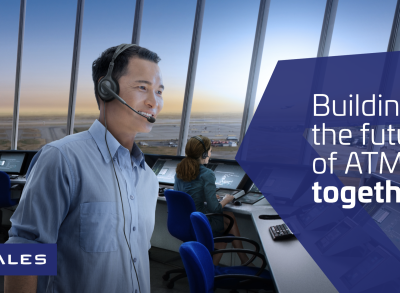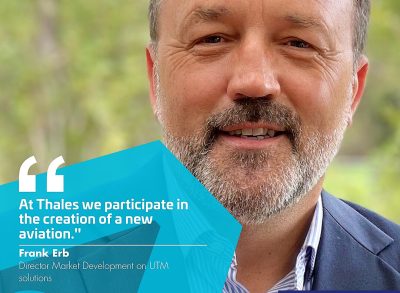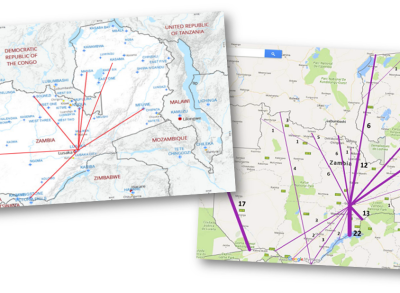Enhancing air traffic and border control in Brazil: new radar station opens in Corumbá
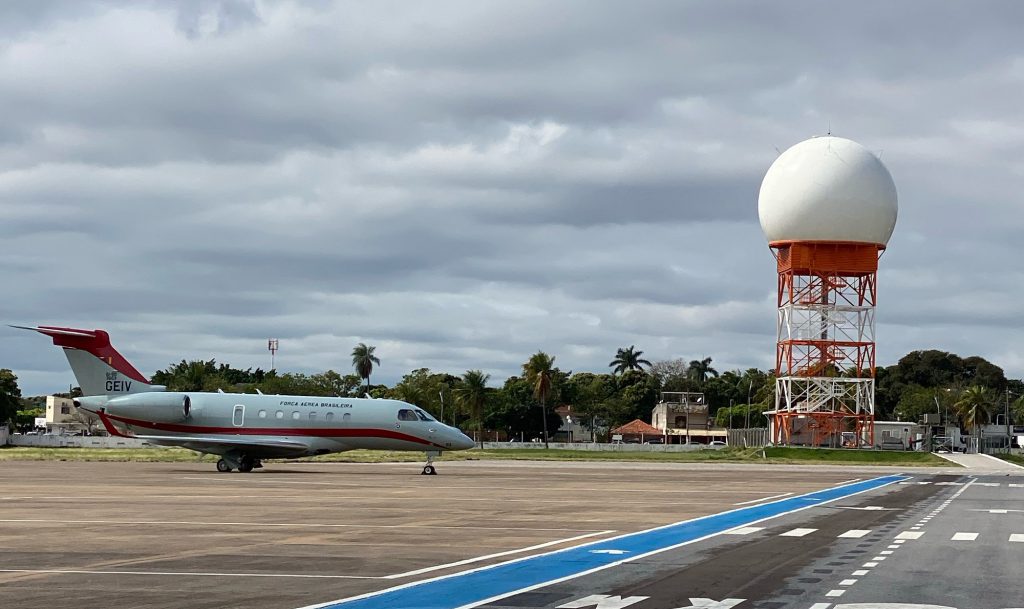
On August 18th 2020, Brazilian President Jair Messias Bolsonaro, the Minister of Defence, Fernando Azevedo e Silva, the Air Force Commander, Lieutenant Brigadier Antonio Carlos Moretti Bermudez, the Director-General of the Airspace Control Department (DECEA), Lieutenant-Brigadier of the Air Heraldo Luiz Rodrigues, among other authorities, inaugurated the first primary and secondary radar station in Corumbá, Brazil. This is the first complete radar station for air traffic control and border surveillance in the region.
The project was delivered by Omnisys, a Brazilian company, Thales group subsidiary and leader in the air traffic control segment. Present on more than 70% of the air space surveillance radars in the country, the company has already manufactured more than 125 radars locally and distributed them throughout the national territory. Radars are also exported to countries in the Americas, Asia, Europe and the Middle East.
Local ambitions
Homeland security is dependent on efficient air traffic and border control. The progressive and daily increase in the number of new risks and threats makes this protection even more challenging for governments, particularly in a country which is as vast as Brazil, with an international boundary line that extends over 6,835 miles.
This requires effective and comprehensive surveillance and control systems that enable the efficient monitoring of the country’s boundaries, improved response time to likely threats, as well as optimized teamwork. Global defence and security industries have been working on the development and improvement of these solutions, offering the country intelligence-based instruments with aerial, naval, and terrestrial applications. These instruments can also help the fight against drug trafficking and smuggling in general.
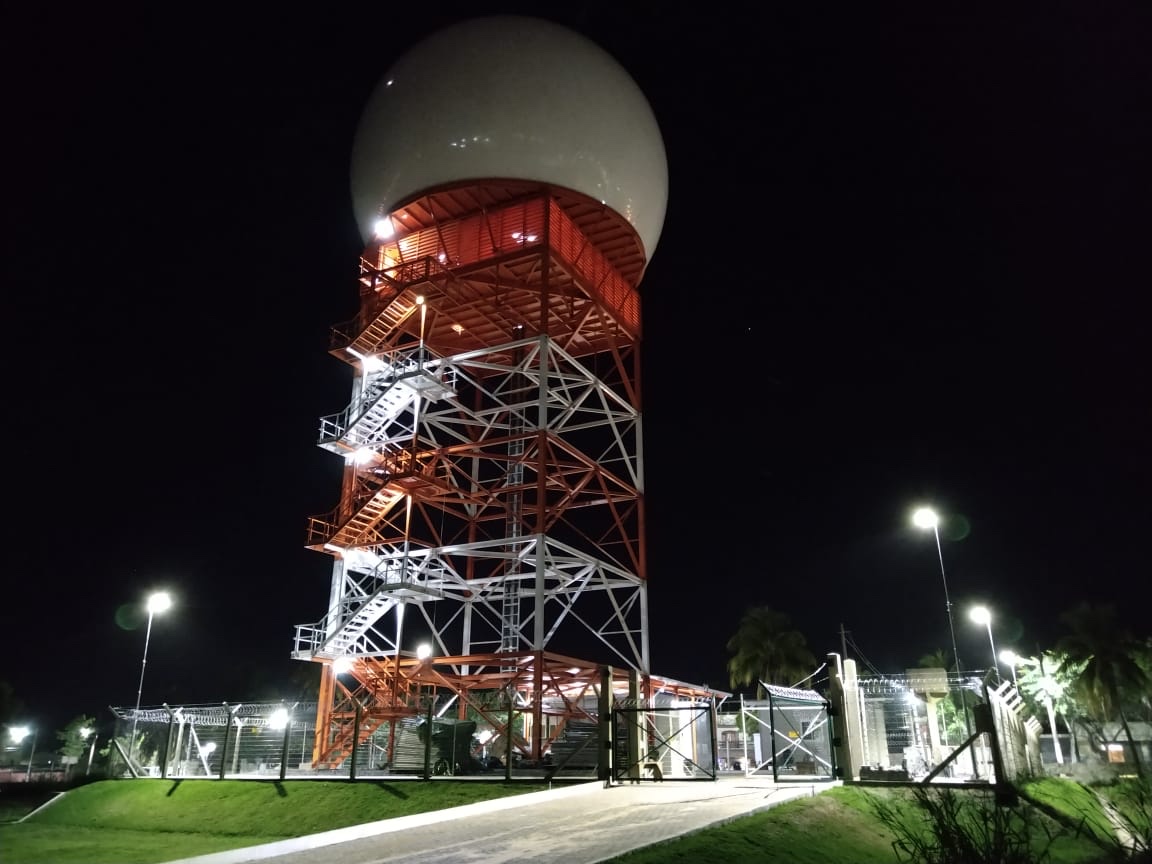
A solution to improve air traffic control
Surveillance radar stations, such as those of the Brazilian Airspace Control System (SISCEAB), that are helping to tackle illicit air traffic, are one of the technologies made available to governments. To enhance air traffic and border control, The Brazilian Air Force (FAB), represented by the Commission for the Implementation of the Airspace Control System (CISCEA), signed a contract with Omnisys for the supply and setting of three radar stations in the Brazilian Midwest region to improve border control.
Corumbá is the first site to be equipped, gaining even more strategic significance in national security, particularly in the fight against drug and weapon trafficking, and other types of smuggling. Two other radar stations will be delivered by the beginning of 2021, located in Ponta Porã and Porto Murtinho.
The stations use primary and secondary radars that have the ability to identify collaborative and non-collaborative aircraft flying at low altitudes. Equipped features include electronic protection measures and an altimeter. The radars are highly accurate in terms of performance and target resolution. The equipment, which covers a range of between 200 and 250 miles, enables more comprehensive aerial surveillance, as well as the detection of small aircraft at low or zero speed, such as helicopters. The equipment also detects aircraft at high speeds with maneuvering capabilities, such as the fighter aircraft used by the Brazilian Air Force in their interception activities.
The solutions deployed in defence of the national territory, such as the installation of this radar station in Corumbá, are essential to ensure the protection of the country and its social and economic development, since they allow the use of resources deployed in corrective actions in defence and security structuring policies.


